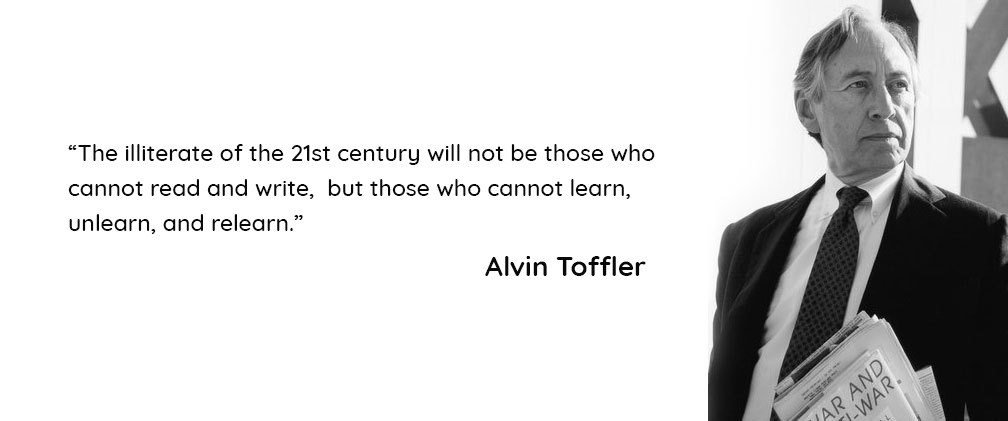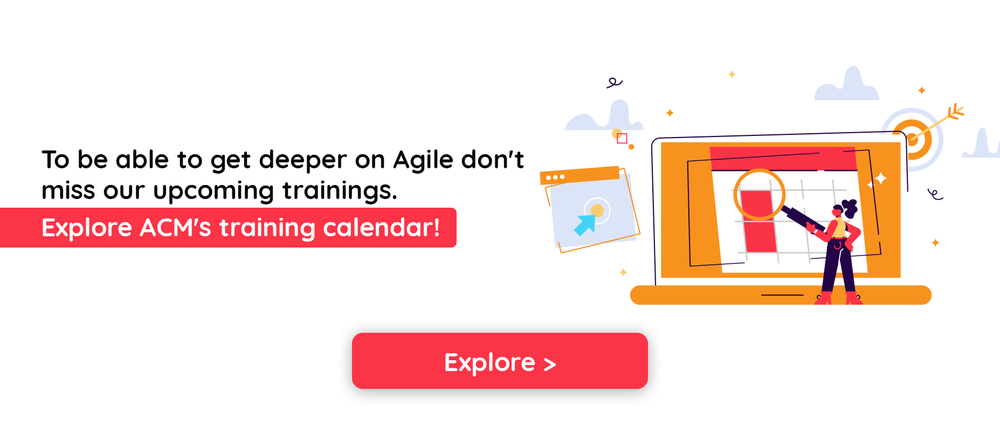What is Agile? Agility is the ability of an organization to adapt to new conditions and change its course of direction to create new business opportunities.

Why Agile?
The most significant concepts that define today’s world are the extraordinary speed of change, complexity and uncertainty of the future. Therefore, the key factors that determine the success of the organizations may be summarized as the ability to adapt to change, address complexity and minimize uncertainty through an empirical approach.
As the most established agility report, 14th of “State of Agile Report” was published in May 2020. According to the questionnaire responded by more than 40 thousand professionals worldwide, the most significant benefits of agility at the organizations have been listed as below¹In short, agility is a paradigm shift in the way of working
What is Agile Manifesto?
Agile Manifesto and 12 Principles of Agile Software Development were created as a result of the industry frustration encountered in the 1990s. During this period changing business requirements, add-on features requested by customers and technological advancements led to substantial delays or cancellation of many large-scale projects, causing frustration among all stakeholders.
Then software was predominantly developed using the waterfall model which failed to address the emerging unmet needs of customers due to accelerating speed of change.
17 software development gurus including Jon Kern, Kent Beck, Ward Cunningham, Arie van Bennekum and Alistair Cockburn convened to search for more productive ways to develop software at a ski center in Utah in 2001. As an outcome of their gatherings, they reached consensus and documented Agile Manifesto & 12 principles of Agile Software Development:

“We are uncovering better ways of developing software by doing it and helping others do it.
Through this work we have come to value:
 That is, while there is value in the items on the right, we value the items on the left more.”²
That is, while there is value in the items on the right, we value the items on the left more.”²
What are Agile Values?
-
Individuals and interactions over processes and tools
This value of Agile Manifesto emphasizes attaching more importance on communication with customers. There are many things that customers would like to ask and it is the team members’ responsibility to address all the questions and requests coming from the customers as quickly as possible.
-
Working software over comprehensive documentation
In the past, the focus was largely on correct documentation of each phase of the project, rather than the project itself. So much so that it has been widely seen that an appropriate documentation was made at the risk of the final product. Agile values specify that the first and foremost important task of the project team is to meet the final deliveries determined by the customers.
-
Customer collaboration over contract negotiation
Agile principles require involvement of customers in every phase of the project. Waterfall approach or conventional methodologies allow customers to negotiate only before and after the project. This resulted in waste of both time and resources. If customers are involved in the loop during the development process, the team members may ensure that the final product meets all the requirements of the customer.
-
Responding to change over following a plan
In contrast to the methodologies used in the past, agile values stand against detailed plans established before starting the project and sticking to the plan, no matter what the circumstances are. Conditions may change and sometimes the customers may request new features for the final product that may require a change in the project scope. In such cases, the project teams should adapt to the emerging conditions rapidly in order to deliver a high quality product and ensure 100% customer satisfaction.
What are Agile Principles?
Twelve principles provide guidance for the methodologies listed under “Agile Movement”. These principles define a culture in where change is welcome and customers become the focus of business. As Alistair Cockburn -one of the signatories of Agile Manifesto- describes that it demonstrates the purpose of the movement, which is to develop software compatible with the needs of customers.
12 Principles of Agile Software³
The objective of Agile is to create sustained value in a customer-oriented manner despite the continuous change, increasing complexity and uncertainty. The customer always guides the teams directly or indirectly. As far as teams that could produce end to end value experience the impact that they have created for the end-user, this innovative working fashion becomes more meaningful and this is the very point where miracles emerge.
Responses from ACM Agile Consultants to the question “What is Agile?”
It means testing the accuracy of the assumptions despite the existence of a vision and plan, and by taking small steps towards reaching this vision; knowing that a change of direction may be required after checking your surrounding and course of events at each step you take and pivoting towards the recognized need without saying that we have made big plans and the assumptions were very logical, changing your vision wherever required, remembering that there is no point to reach and agility is a journey and using Agile manifesto as compass during this journey.
“Capacity to produce the fastest and high quality value for the customer by ensuring adaptation to all the variables, either internal or external, without losing people-orientation.”
“Everything about yesterday
has gone with yesterday.
Today, it is needed to say new things”
said dear Rumi. Actually, change is our routine. It existed yesterday, it also exists today. It will always be, and what is more at full gallop. The frequency of change never remains the same, it increases continuously. That being the case, it becomes even more difficult to content oneself with what belonged to yesterday and to reach the correct target by moving forward in terms of accepting the future. Sometimes it becomes impossible. Now, the paths are thornier, foggier and the route changes constantly. But, let’s not sink into despair, it is possible to disperse the fog, recognize the thorns early and explore new paths at an early stage. Actually, this is what Agile culture serves for. Because, being wigglier, more dynamic and more flexible allows staying alive as well as being an explorer. If you are able to adapt your rhythm by listening to the heart beats of change constantly; if you are able to make value production constant by putting value under focus while doing this; if you concern yourself with value and make yourself a part of it; On top of all, if you call for the new and say it, then agility shows your advantage.”
“Organizational Agility is the quick learning and adaptation ability of an organization in comparison with its competitors.”















